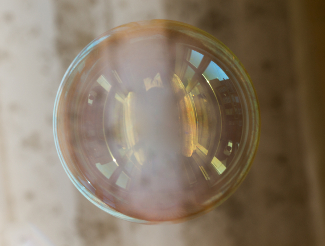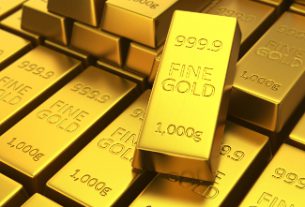Whenever the Federal Reserve, or any government agency for that matter, intervenes in the economy, it is always going to end up picking winners and losers. Government intervention distorts economic activity, and very often in ways that are detrimental to the functioning of the economy.
The Federal Reserve’s latest attempts at propping up the economy have led the Fed to intervening in corporate bond markets by purchasing corporate bonds through two different facilities, the Primary Market Corporate Credit Facility and the Secondary Market Corporate Credit Facility. Not surprisingly, the announcement that the Fed will be purchasing corporate bonds has spurred companies to rush to issue more bonds in advance of the Fed’s facilities beginning their operations.
The Fed might potentially purchase hundreds of billions of dollars worth of corporate bonds, which means bond prices will increase and yields will decrease. Corporations rushed to take advantage of those low yields, with investment-grade issuers issuing a monthly record of $260 billion of bonds in March. Thus far the total amount of investment-grade bonds issued in the US this year is over $500 billion, the most ever to start a year and nearly 50% greater than the rate of issuance in 2019.
What the Fed has essentially done is to incentivize even more corporate debt issuance, making the corporate debt bubble even more shaky. US corporations already had more than $10 trillion in debt outstanding so far, and by issuing even more debt they are significantly compromising their financial positions. But they don’t really care, as they think they have a ready buyer in the Fed.
In essence, the Fed’s actions to supposedly prop up markets have actually done more to undermine them. That isn’t surprising to anyone who actually understands incentives and the consequences of various actions. But apparently that way of thinking is foreign to the Fed, which sees money creation as the solution to all of life’s problems.
With the corporate bond bubble only worsening, therefore, as the Fed takes more and more corporate debt onto its balance sheet, the risk of the entire bubble collapsing spectacularly will continue to grow. When that bubble finally bursts, investors will suffer tremendously. We’re already seeing signs that the corporate debt bubble is beginning to show signs of fragility, with more and more investment-grade companies being downgraded to junk status. When that begins to snowball, investors need to watch out.
At this point the collapse of the corporate debt bubble is all but certain. Investors who are at risk of suffering from that collapse are not just bondholders, but also stockholders in those corporations. When bonds get downgraded, it’s a sign that the financial position and future businessworthiness of the company is at risk, which will negatively impact the company’s stock price.
Do you know just what percentage of your portfolio is at risk of losing value due to corporate debt downgrades? If not, you need to find out. And once you do find out, you might realize that your investments aren’t as safe as you once thought. That’s all the more reason to diversify your portfolio and protect your wealth.
One of the best ways to do that is by investing in gold and silver, which have acted as hedges against financial turmoil, inflation, and stock market crashes for decades. In the aftermath of the 2008 crisis, gold and silver nearly tripled and quadrupled in price, respectively, while stocks continued to falter. With all indicators pointing to a repeat of 2008 but potentially even worse, now is the time to start adding gold and silver to your investment portfolio. Failing to protect your investments by investing in gold and silver might cost you dearly once the corporate debt bubble finally collapses.
This article was originally posted on Goldco.



